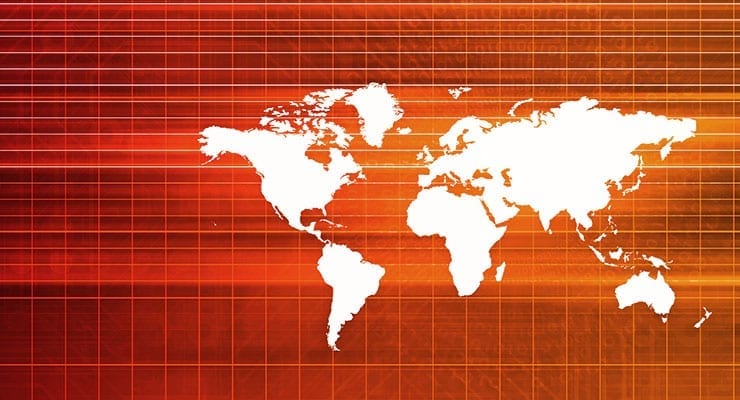Can a true, robust global health framework be created to help prevent tragedies like Ebola while at the same time allow countries to meet everyday health needs?
Georgetown University global health and law experts say it can be done, and in a special issue of The Lancet focusing on global health security, they propose specific priorities to transform a fragmented health system into a “purposeful, organized” framework with national health systems at its foundation and an empowered World Health Organization at its apex.
“The Ebola epidemic in west Africa raised the critical question of who is in charge,” says Lawrence O. Gostin, JD, faculty director of the O’Neill Institute for National and Global Health Law at Georgetown University Law Center. He and his O’Neill Institute colleague, Eric A. Friedman, JD, published an analysis of global health security today in The Lancet
“The world is ill-prepared for the next epidemic,” Gostin says. “The need for advance funding, planning and coordination from the national health system up to WHO is at the heart of preparedness, not only for epidemic disease, but also naturally occurring disasters such as the crisis precipitated by the Nepal earthquake.”
In their review, Gostin and Friedman offer a retrospective analysis of the recent Ebola outbreak and the “profound harms posed by fragile national health systems.”
In creating a new framework, the authors say, “The scope of the reforms should address failures in the Ebola response, and entrenched weaknesses that enabled the epidemic to reach its heights.”
They propose a new global health framework that has national health systems as its foundation and an empowered WHO as the “global health leader envisaged at its creation.”
To reach the goal of having an empowered WHO to lead a global health framework, Gostin and Friedman outline priorities for reform:
- Funding: commensurate with global mandate under WHO Director-General’s control
- Technical excellence: diverse staff with multisectoral capabilities
- Operational capacities: rapid deployment of economic and human resources
- Normative standards: setting priorities and ensuring compliance
- Regional offices: regional knowledge and consistency with headquarters
- Engaging non-state parties: harnessing the potential of civil society
Gostin and Friedman say another critical component to a global health framework are key stakeholders such as the United Nations, The World Bank and NGOs. “In a well-functioning global health system, all parties would perform functions suited to their mandate, working cooperatively, and supporting national ownership.”
In addition, the authors point out the need for a strong legal framework to enforce international health regulations: “International law and national implementing legislation can be powerful means for a more effective global health system,” Gostin and Friedman write.
Another key component to a global health framework is to shore up the national health capacities in preparation for a crisis that would better ensure health security, regionally and globally.
“Planning for rapid mobilization should be combined with strengthening health systems to build country capacity,” they say and propose reforms including a global health workforce reserve, and emergency contingency fund, a pandemic emergency facility (like that suggested by The World Bank) and an international health system fund.
“Action now on WHO and other reforms to the global health system is crucial, before the political moment passes,” Gostin and Friedman conclude. “These reforms would not only keep populations secure against pandemic threats, but would also ensure health and safety for all needs through rights-based universal health coverage. This is a global health framework that is achievable in the aftermath of a tragic epidemic that needlessly took 10,000 lives in one of the world’s poorest regions.”


